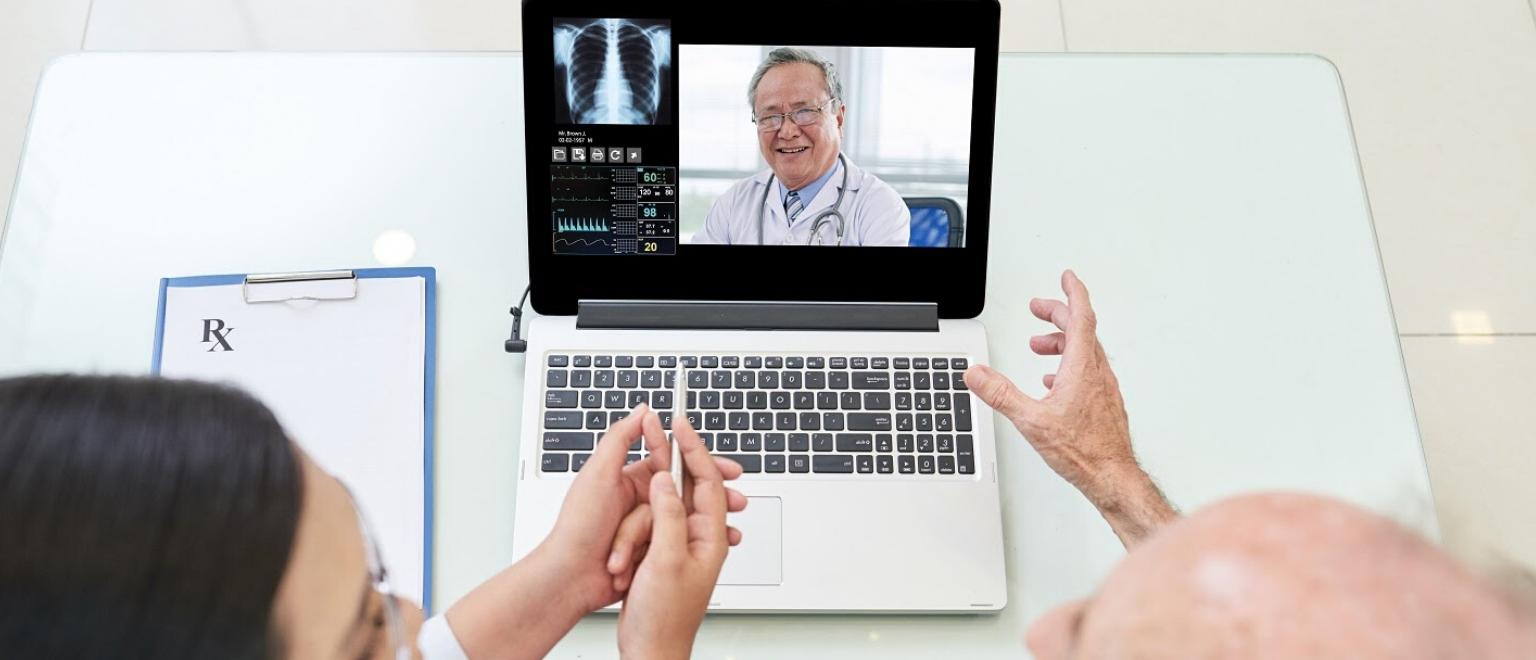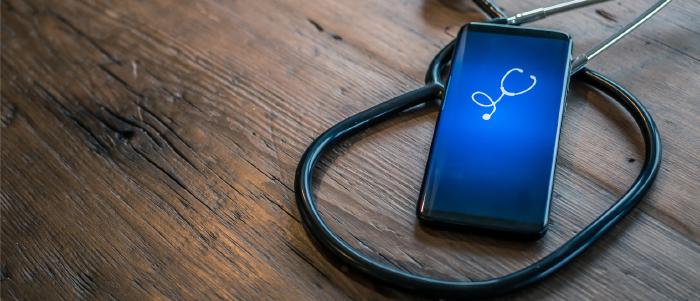
July 2 2020
4 min read

Jun
World Economy has seen a steady rise in healthcare spendings, which stood at US$ 7.8 trillion in 2017, or about 10% of GDP and $1,080 per capita – up from US$ 7.6 trillion in 2016. According to a report released in February 2019, by The World Health Organization (WHO), global spending on health increased in low- and middle-income countries by 6 per cent and in high-income countries by 4 per cent.
In spite of such spendings, the COVID19 outbreak has exposed the gaps in our healthcare system. The entire infrastructure and manpower being directed towards pandemic mitigation, serious repercussions are being witnessed in non-pandemic illness care and treatment. It is now amply clear that the facilities aren’t really enough and we can never be fully prepared. As of May 2020, the situation doesn’t seem to be heading for a change.
Alarming enough is also the fact that the current scenario is not an exception, although the scale is. Just the current decade has seen four major epidemics worldwide; Ebola — 2014, Zika virus — 2015-16, Acute flaccid myelitis —2018, Measles — 2019. The developing and underdeveloped countries keep facing crisis situations due to annual upsurges in infections like malaria, dengue and other vector-borne infections.
While announcing 2020 as the International Year of the Nurse and the Midwife, the World Health Organization expressed grave concern over the “dramatic disparities in the number of people versus the number of health workers across different world regions.”. Such issues bothering and battering even the best health care infrastructures, its time we looked to technology.
This is the time to invest in Telemedicine.
Consulting, diagnosing and treating from a distance, without having physically met the patient.
No. Telemedicine has been around since the early 1920s. As the technology evolved, Telemedicine improved.
Massive leaps in ICT and VLSI has resulted in Telemedicine being made possible over handheld devices, with accuracy as good as a personal meet up with your doctor.
Absolutely. Telemedicine has been used effectively in the treatment and patient care for illness and disorders in neurology, cardiology, dermatology and psychiatry. NASA has been using telemedicine for its astronauts since long and even used telemedicine for disaster relief in former Soviet republics.
Yes. As of 2016, 57% of WHO Member States reported having a specific national telehealth policy. Approximately 75% of responding countries reported having a teleradiology programme, and roughly half reported a telepathology programme, a remote patient monitoring programme and a teledermatology programme; about one-third of responding countries reported a telepsychiatry programme.
The Government of India in the Telemedicine Practice Guidelines (“Telemedicine Guidelines”), published on March 25, 2020, made it legal for registered medical practitioners to provide teleconsultation following the guidelines.
It can be as simple as a handheld device with a camera. In fact, a mobile handset can be used for telemedicine. However, there are more sophisticated setups available. At the patient end, a mobile phone with a camera is often sufficient.
Anybody who doesn’t need a procedure can use telemedicine.
According to the WHO Analysis of third global survey on eHealth based on the reported data by countries, 2016, “The main barriers to the implementation of telehealth were said to be a lack of funding to develop and support telehealth programmes, a lack of infrastructure (equipment and/or connectivity), competing health system priorities and a lack of legislation or regulations covering telehealth programmes.” Governments worldwide, being stretched to the limit by the COVID-19 crisis, are pushing for Telehealth initiatives. Legislations are falling in place and restrictions being eased. With a global market size of over USD 40 Billion, Telemedicine is projected to grow to more than 150 Billion by 2027.

July 2 2020
4 min read

June 22 2020
4 min read

June 9 2020
6 min read

December 9 2023
8 min read